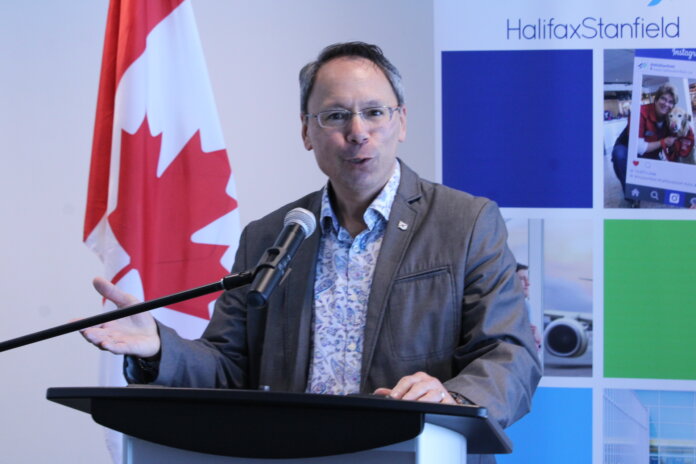FALL RIVER: Changes to the provincial student loan program will make post-secondary education more affordable and accessible for students and graduates in Nova Scotia.
The changes will align provincial student assistance programs with federal updates to the Canada Student Financial Assistance Program. They will support more students with disabilities and make student loan repayment more manageable for people starting their careers.
“We know the cost of living is on the rise and we’re always looking at ways we can help make things more affordable for students,” said Brian Wong, Minister of Advanced Education. “Aligning provincial and federal programs helps to provide consistency and clarity for both applicants and borrowers and removes barriers for all students wishing to pursue post-secondary, as well as recent graduates.”
The definition of permanent disability is being expanded to include persistent and prolonged disabilities. This will provide more people living with disabilities access to student loans and give medical professionals greater flexibility to define a person’s disability for student loan eligibility requirements.
It also supports Nova Scotia’s mandate under the Accessibility Act to make the education system more accessible to all students from early childhood to post-secondary.
The province’s accessibility strategy, Access by Design 2030, outlines how the government achieves an accessible province by providing persons with disabilities with equitable access to programs, services, information and infrastructure.
Enhancements to Nova Scotia’s Repayment Assistance Plan will help students establish a reasonable repayment plan after graduation. The enhancements include:
— increasing the annual gross income for single student borrowers from $25,000 to $40,000
— aligning thresholds for other family sizes with federal grant thresholds for full-time studies
— reducing the maximum affordable payment from 20 per cent to 10 per cent of a student borrower’s annual gross family income for those whose family income is greater than the zero-payment threshold but who remain eligible for the program.
Going forward, income thresholds under Nova Scotia’s repayment assistance plan will be indexed to the annual inflation rate.
Quotes:
“Expanding the permanent disability definition will open the door for more students to access needed financial support. As active proponents of the Province’s accessibility mandate, NSCC is so pleased to see this important change announced. We know this will be a critical element to help many more learners realize educational and personal success.”
– Cindy Cook, Manager, Accessibility Services, Nova Scotia Community College (NSCC)
“We are pleased to see the enhancements to the Repayment Assistance Plan announced today, a priority highlighted by Students Nova Scotia that would bring provincial assistance programs in line with federal thresholds. This change will help to ease the rising affordability pressures facing students, lessening the impact of student loan debt on new and recent graduates as they transition to the workforce and begin careers in the province.”
– Kyle Cook, Chair, Students Nova Scotia
Quick Facts:
— amendments are being made to the Direct Student Loan Regulations under Section 81 of the Finance Act to align these changes with the federal regulatory changes
— Nova Scotia’s updated definition includes eligibility for students who experience their disability for more than 12 months
— a post-secondary student who meets the definition of having a permanent, persistent or prolonged disability may be eligible for a full-time federal student loan when taking a course load of 40 to 59 per cent
— about 25 per cent of Nova Scotia student borrowers in repayment use the repayment assistance plan at any given time
— aligning with the federal program will expand the benefit to about 5,900 student borrowers at an estimated cost of $1.3 million

































